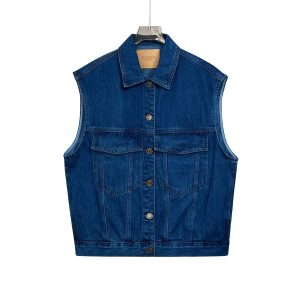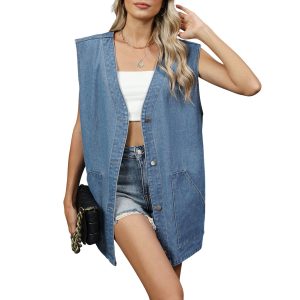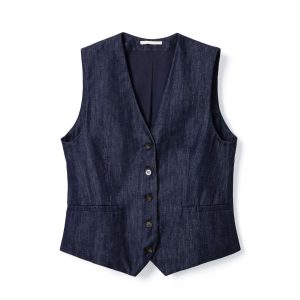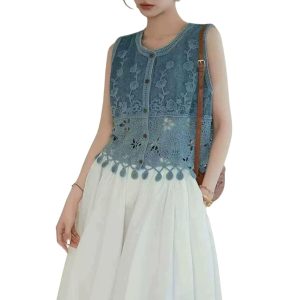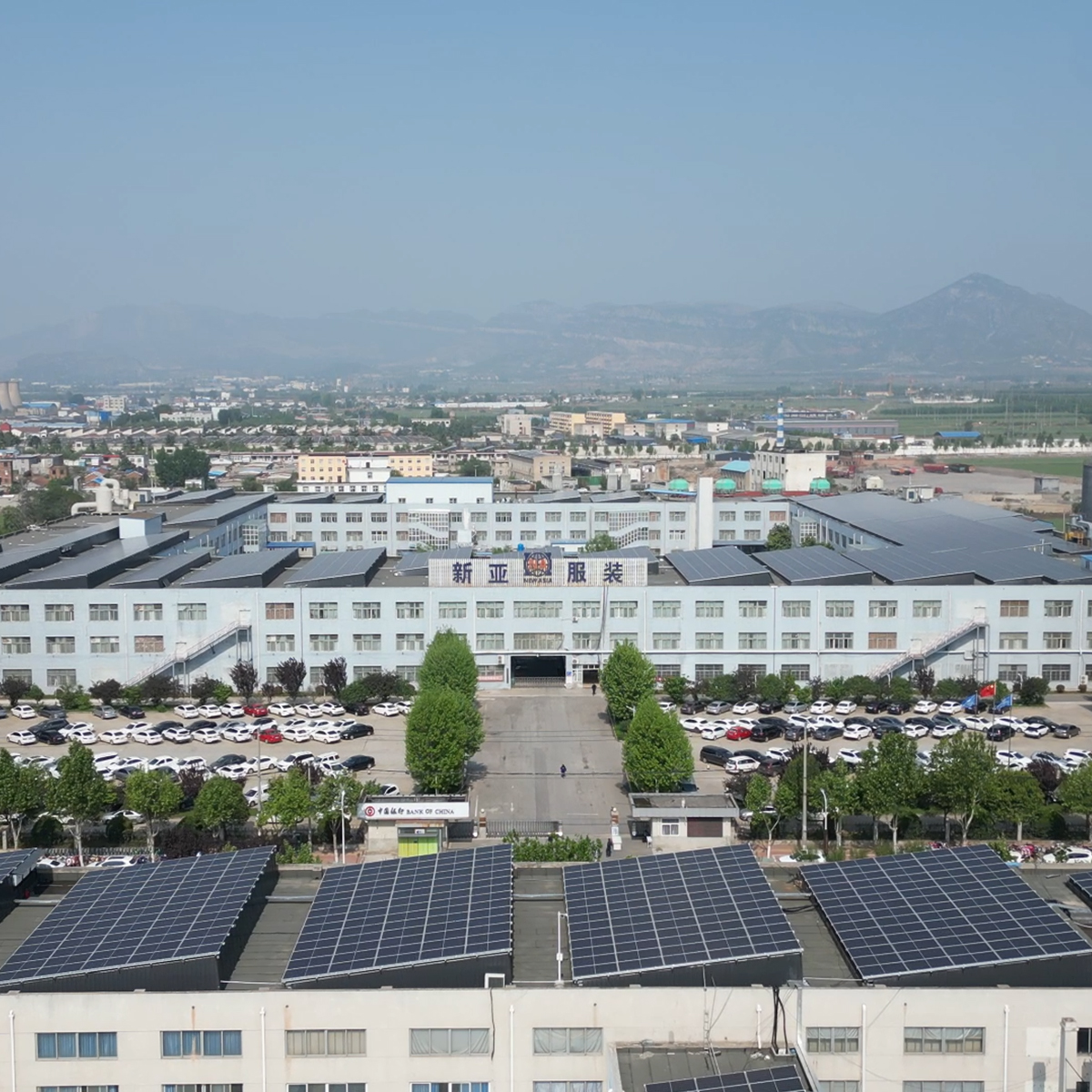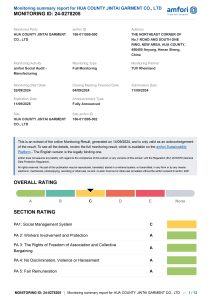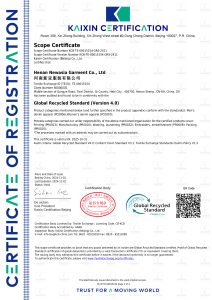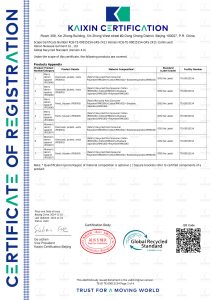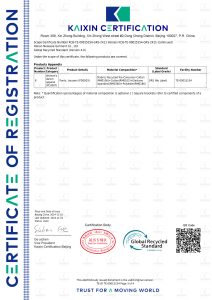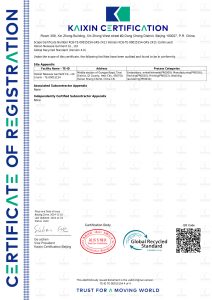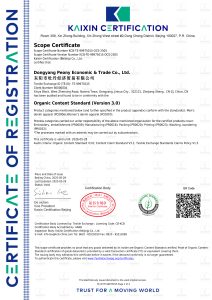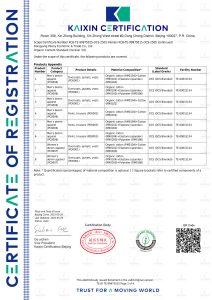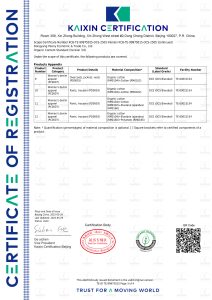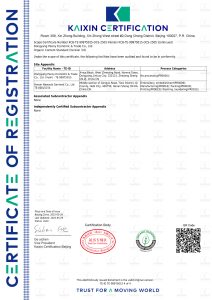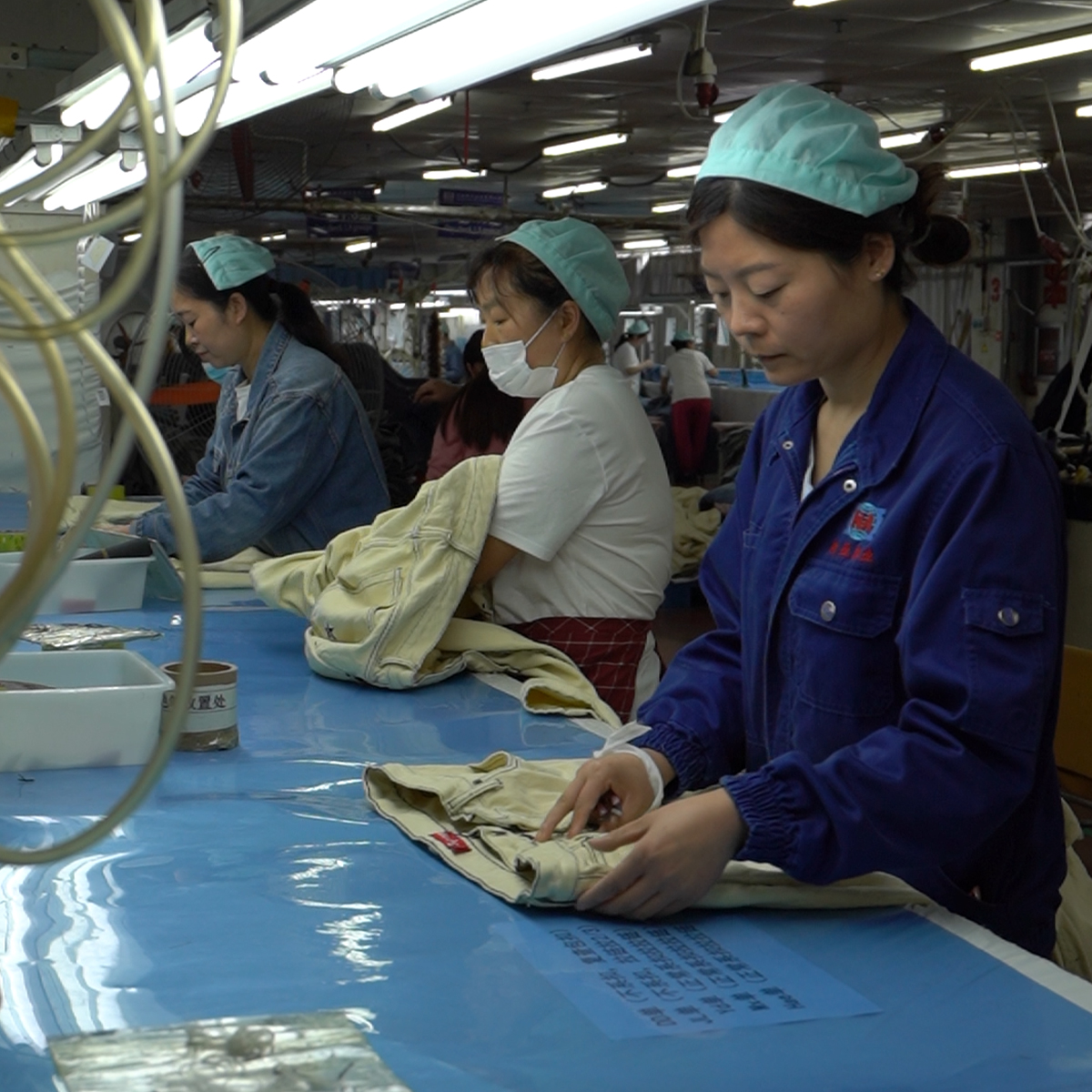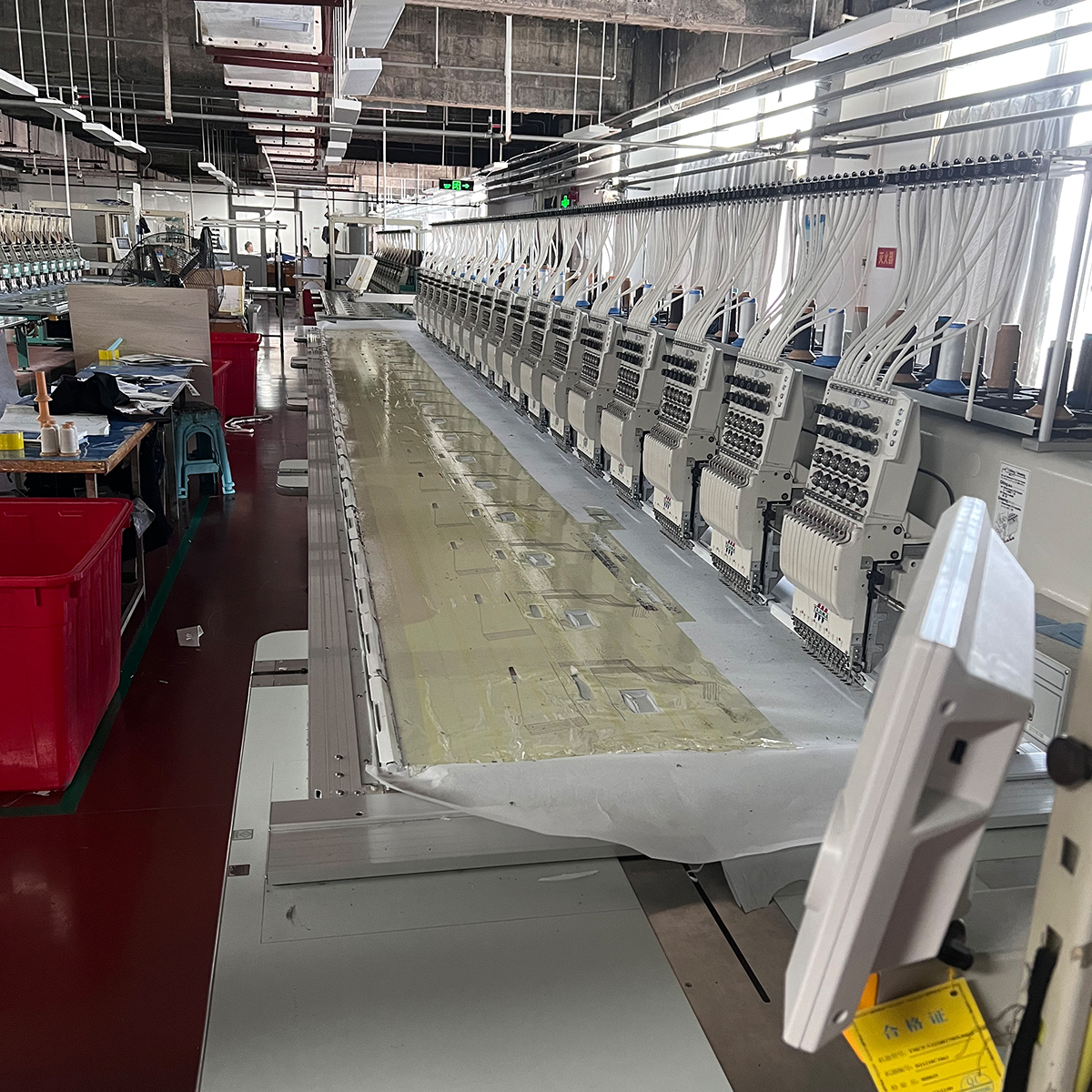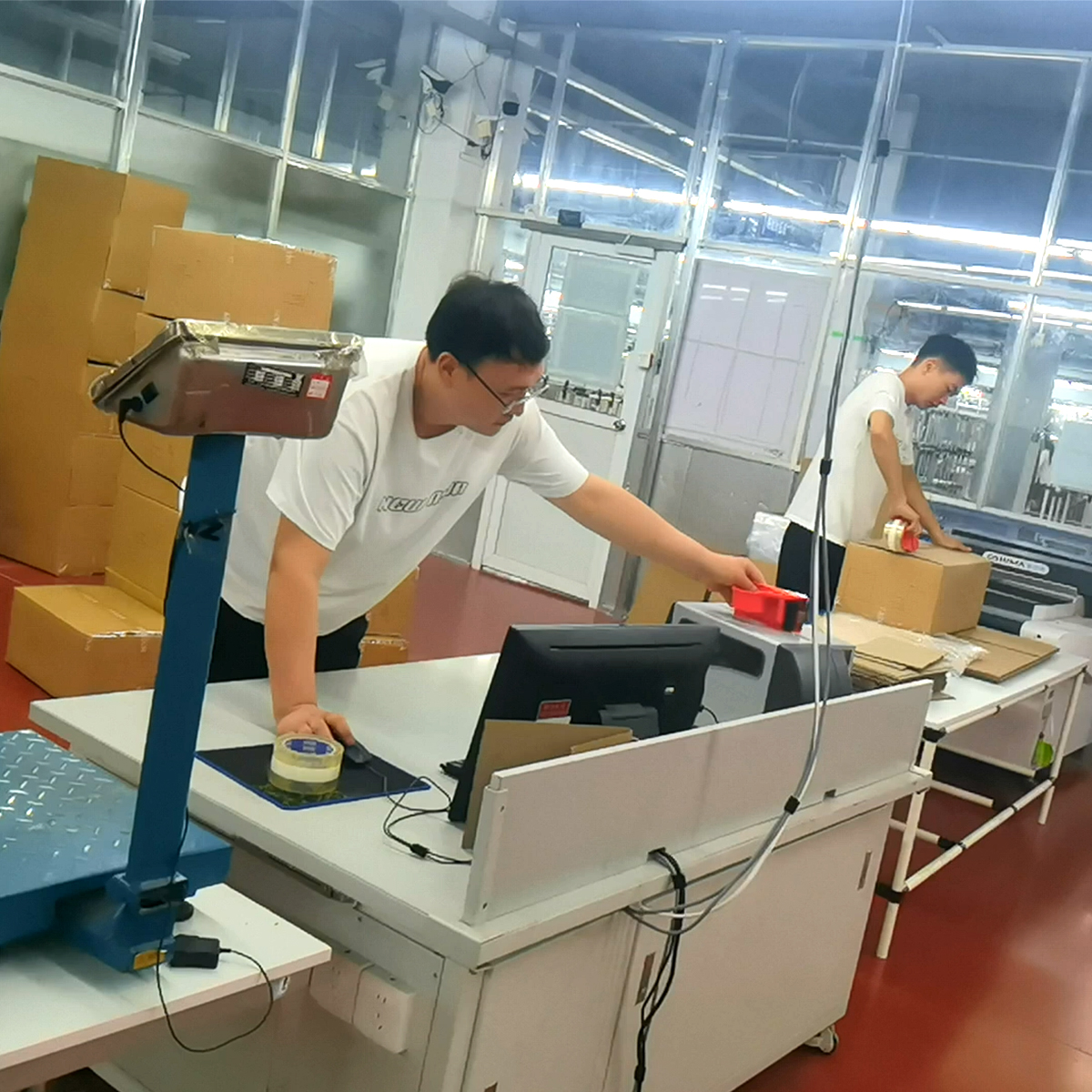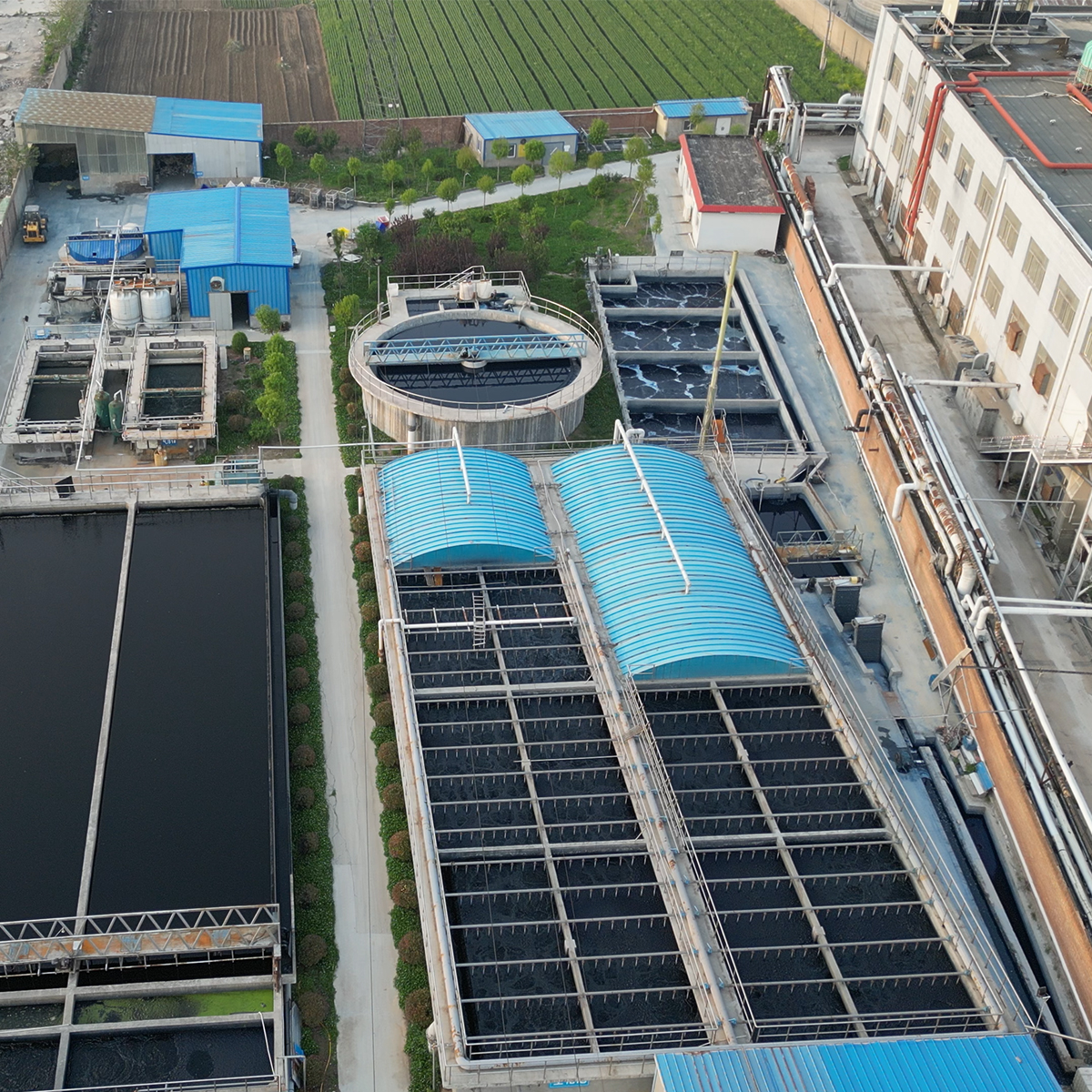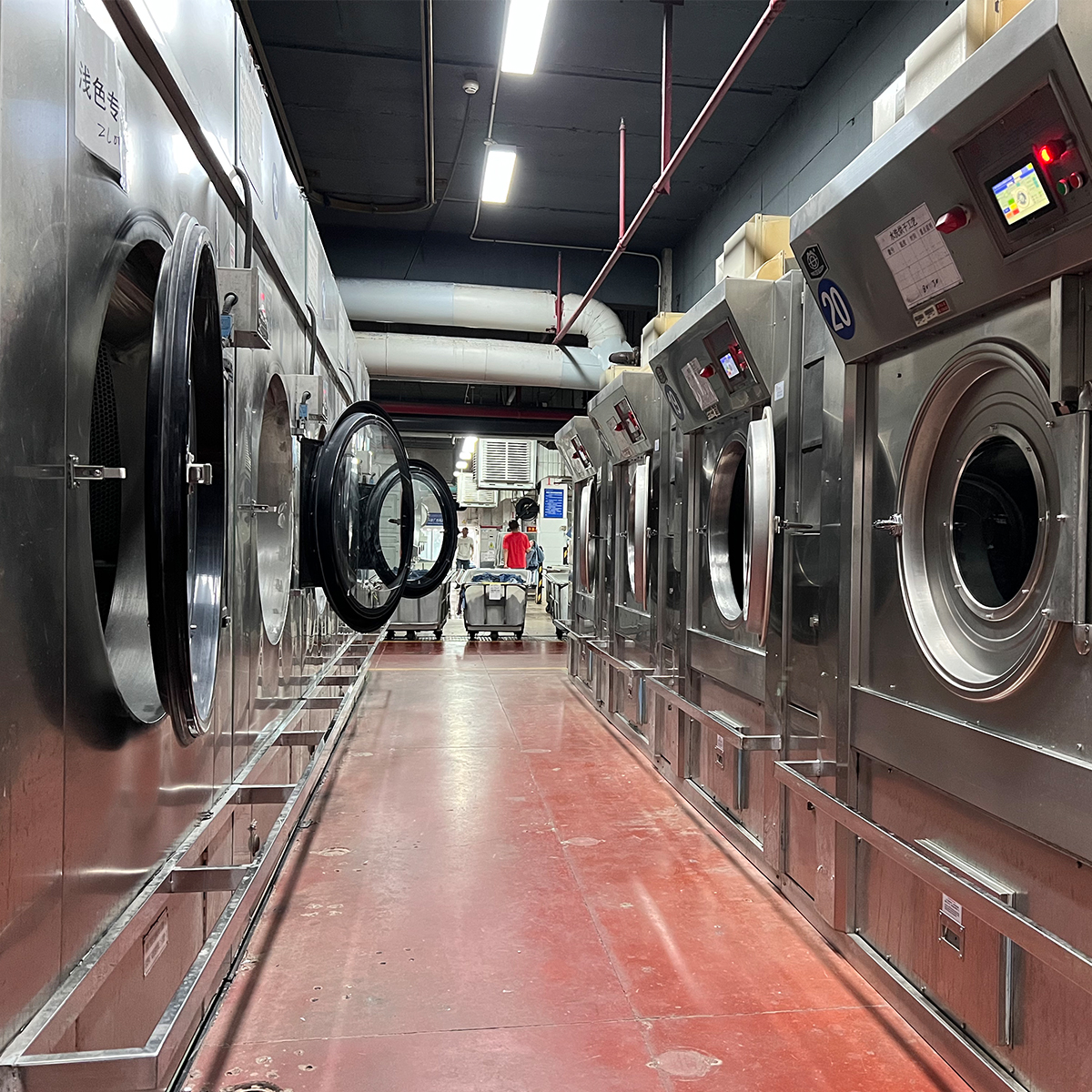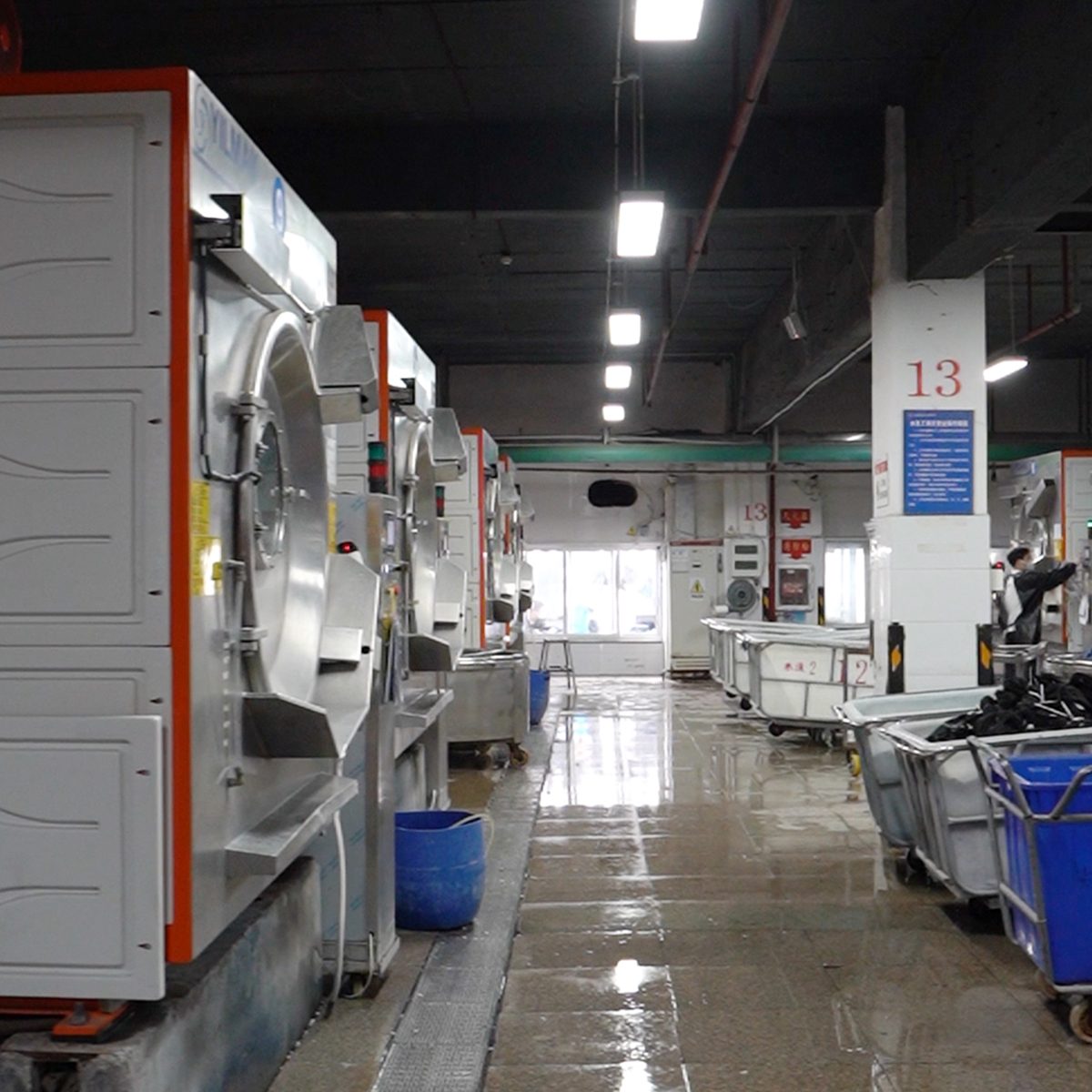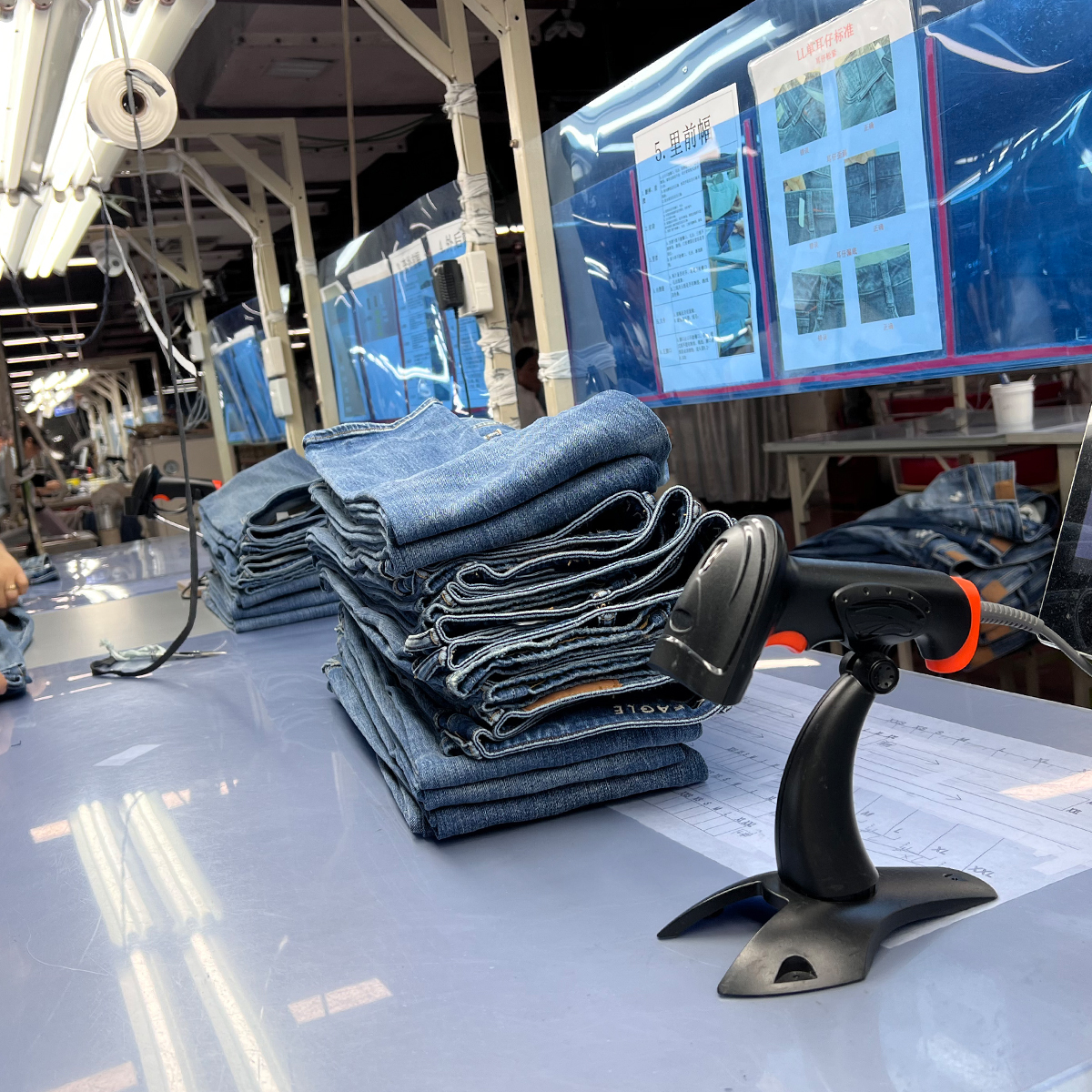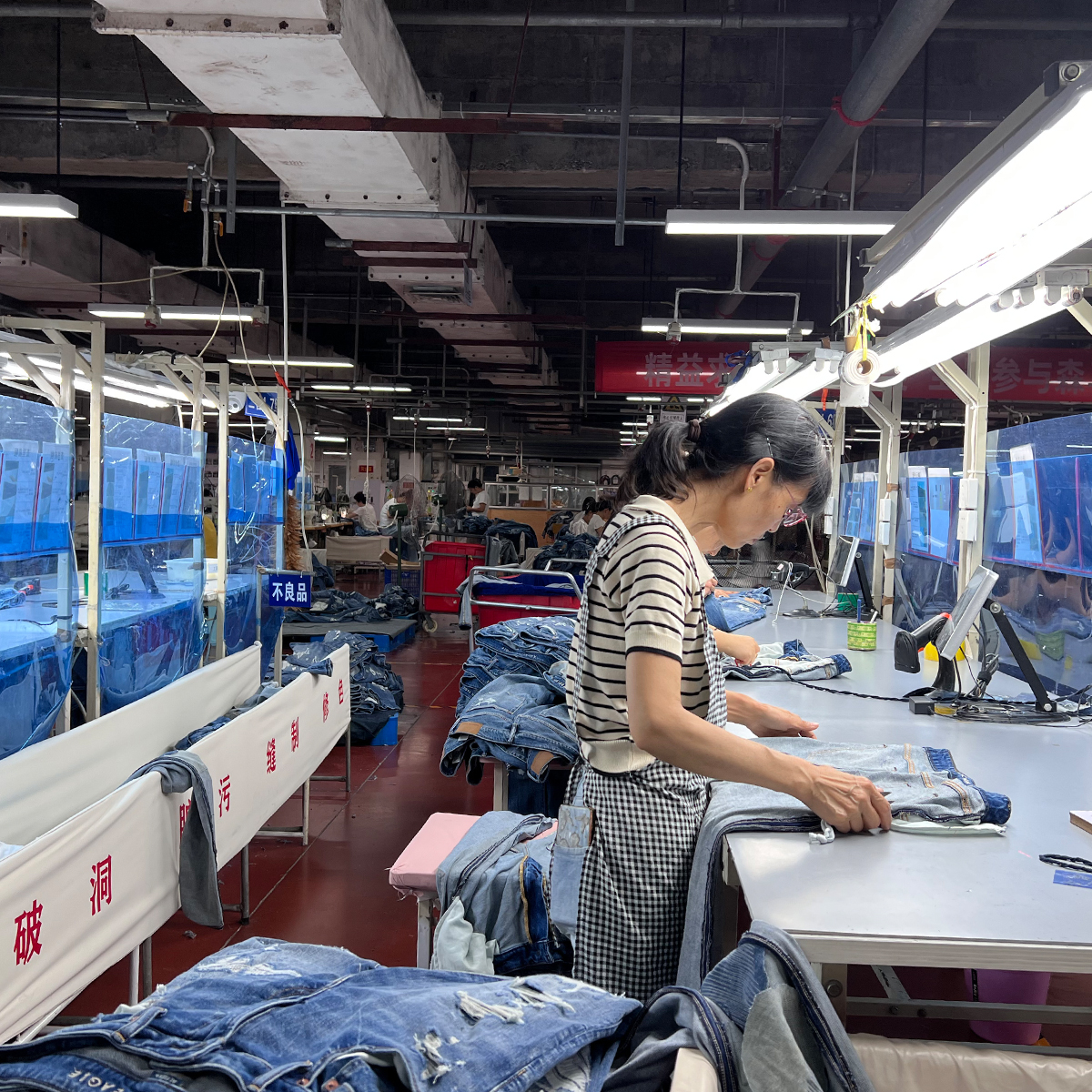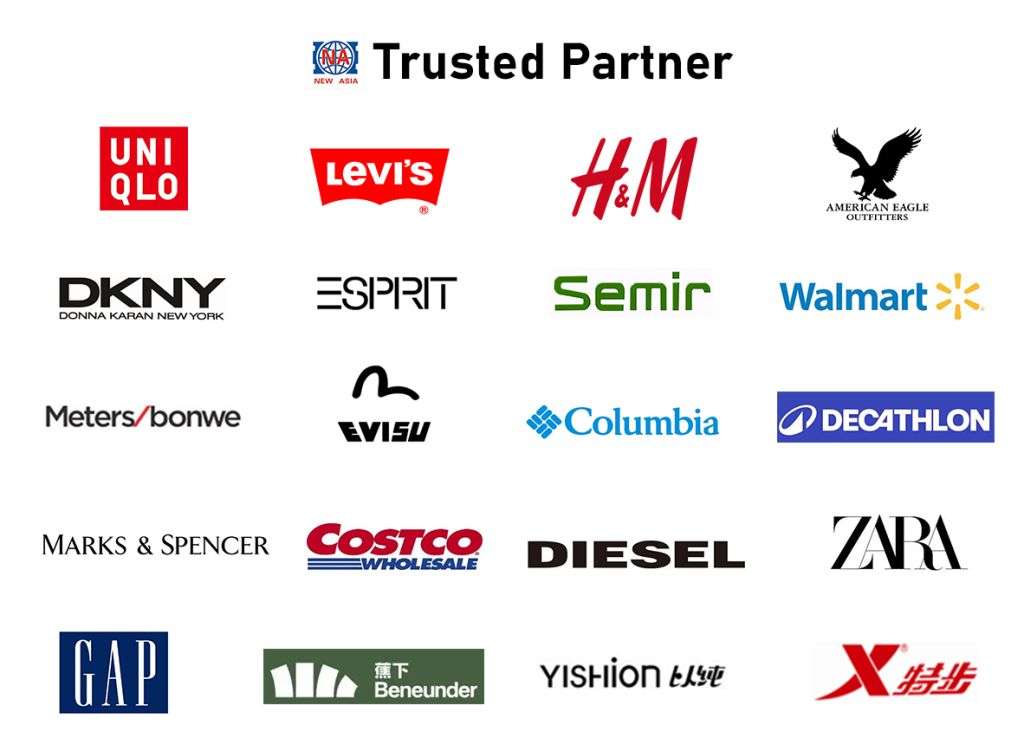When it comes to the fashion industry, denim holds a significant place, and its versatility makes it a staple in everyone’s wardrobe. From classic blue jeans to trendy cuts like skinny, wide-leg, and bootcut, the production of denim is an intricate process that requires collaboration with highly skilled manufacturers. Whether you’re a budding designer or an established brand, choosing the right jeans factory manufacturer can make all the difference in the quality and success of your product line. This guide delves into the key considerations when selecting a jeans factory manufacturer while providing insights into the production process and current trends.
Understanding the Jeans Manufacturing Process
The journey of a pair of jeans begins in the fabric creation phase, where raw materials such as cotton, polyester, and spandex are sourced. The jeans manufacturing process can be broken down into several stages:
- Fabric Sourcing: The choice of fabric directly affects the quality and feel of the jeans. Look for manufacturers who prioritize sustainable and high-quality materials.
- Cuts and Patterns: Once the fabric is selected, patterns are created using CAD (Computer-Aided Design) technology to ensure precision in sizing and fit.
- Cutting: The fabric is then cut according to the patterns. Skilled cutters are essential in this stage to minimize waste and optimize fabric use.
- Sewing: This is where the actual assembly of jeans takes place. High-quality stitching is crucial for the durability and style of the final product.
- Washing and Finishing: Jeans undergo various washing and finishing processes to create unique looks such as fading, distressing, or special treatments.
- Quality Control: Before distribution, each pair must pass quality control checks to ensure they meet industry standards.
Factors to Consider When Selecting a Jeans Factory Manufacturer
1. Experience and Expertise
Experience in the denim industry can greatly influence a manufacturer’s ability to deliver high-quality products. It’s advisable to partner with manufacturers who have a reputable history and experience in producing jeans. A factory with skilled workers, knowledgeable about the nuances of denim, will generally create better products.
2. Production Capabilities
Evaluate the manufacturer’s production capacity and technological capabilities. Some manufacturers specialize in smaller batches with high customization, while others may focus on mass production. Knowing the capacity ensures that the factory can meet your order demands without compromising quality.
3. Sustainability Practices
There is an increasing demand for sustainable fashion, and consumers are more conscious than ever about the environmental impact of their purchases. Look for manufacturers who adopt eco-friendly practices, such as using organic materials, efficient water usage during the washing process, and reducing waste. Sustainability can also be a strong selling point for your brand.
4. Communication and Collaboration
Effective communication is vital in any business relationship. Seek manufacturers who demonstrate transparency and are willing to collaborate closely during the design and production processes. A factory that provides regular updates can help minimize delays and misunderstandings.
5. Location
Considering the geographical location of the manufacturer can affect logistics, shipping times, and costs. Local manufacturers may offer faster turnaround times and easier communication, whereas overseas manufacturers may provide lower costs. Evaluate which aspect is more beneficial for your business.
6. Pricing Structure
Get a comprehensive understanding of the manufacturer’s pricing structure. Look out for hidden costs that may not be apparent at first glance. Always request detailed quotes and compare different manufacturers to ensure you are getting the best value for your investment.
Top Trends in Denim Production to Watch Out For
1. Upcycling and Vintage Styles
As sustainability takes center stage, upcycled denim—created from existing denim materials—has gained significant popularity. Many brands are reimagining vintage styles, leading to a resurgence in wide-leg jeans, flared cuts, and other retro designs. Understanding these trends allows your brand to align with market demands.
2. Technology in Production
Advancements in technology, such as automated sewing machines and laser cutting, are revolutionizing the production process in the denim industry. These technologies can enhance precision, reduce labor costs, and improve efficiency, which can significantly help your manufacturing process.
3. Customization and Personalization
Consumers are increasingly seeking unique items that reflect their individual style. Manufacturers that offer customization options—such as different fits, colors, and embellishments—are more likely to attract attention and foster brand loyalty.
4. Gender-Neutral Designs
The shift towards inclusivity in fashion has led to a rise in gender-neutral designs. Denim manufacturers who embrace this trend open themselves to a wider market, catering to diverse consumer needs.
5. Ethical Production Practices
Along with environmental sustainability, ethical production practices concerning fair labor conditions are becoming a key concern for consumers. Supporting manufacturers who provide fair wages and safe working conditions can improve brand image and customer trust.
Finding the Right Manufacturer for Your Brand
Now that you are aware of the considerations and trends in denim manufacturing, the next step is to start your search for the ideal jeans factory manufacturer. Leverage your network, explore trade shows, use online directories, and utilize social media platforms to connect with potential manufacturers. Don’t hesitate to request samples and visit factories to ensure they meet your quality and ethical standards.
Building a successful partnership with a jeans factory manufacturer is an investment in your brand’s future. By choosing wisely, you ensure that your product line not only stands out in terms of quality but also resonates with the values and needs of today’s consumers.



